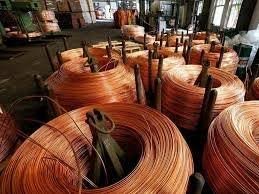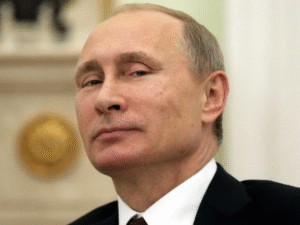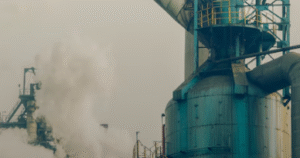#CopperPrices #LondonMetalExchange #ShanghaiFuturesExchange #SupplyTightness #CommodityMarkets #EconomicOutlook #IndustrialMetals #MarketVolatility
On Monday, the world of commodities bore witness to a curious divergence in the trajectory of copper prices across different markets. The London Metal Exchange (LME), one of the world’s foremost venues for the trading of industrial metals, saw its copper contracts ebb modestly. This movement was in stark contrast to the ebullience observed in the Shanghai Futures Exchange (SHFE), where copper prices not only surged but also clinched a new record high. The simultaneous buoyancy and retrenchment in copper prices highlights the complex interplay of factors currently influencing the global commodities market, notably the friction between supply constraints and the nebulous demand outlook.
Supply tightness has emerged as a predominant force sculpting the landscape of copper prices. Copper, often heralded as “Dr. Copper” for its purported ability to predict the health of the global economy due to its widespread use in various industries, is currently under the strain of constrained supply lines. Mining disruptions, logistical challenges, and geopolitical tensions are amongst the myriad factors contributing to this supply tightness. In Shanghai, this constraint has evidently tilted the balance in favor of bullish sentiment, propelling prices to unprecedented levels. The surging prices in Shanghai starkly underscore the pressure on copper supplies, amplifying concerns over whether production can keep pace with demand, particularly from burgeoning sectors such as renewable energy and electric vehicles, which are heavily reliant on copper.
Conversely, in London, the subtler dip in prices reflects a more circumspect view of the demand outlook. Investors and traders in the LME are arguably weighing the impact of a confluence of macroeconomic factors, including inflationary pressures, interest rate hikes by central banks, and the lingering uncertainties cast by geopolitical conflicts and the global response to climate change. The divergence in copper prices between London and Shanghai serves as a vivid illustration of the market’s attempt to reconcile the immediate impacts of supply tightness with a more nuanced understanding of future demand. This interplay suggests a period of heightened volatility and unpredictability in the copper market, underlining the importance of vigilant monitoring of both macroeconomic trends and the specific circumstances within copper-producing regions. As the market navigates these choppy waters, stakeholders across the globe will be keenly watching for signs that could either exacerbate the current situation or provide a pathway towards stabilization and equilibrium.







Comments are closed.